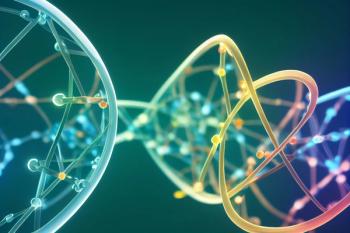
Two-dimensional gas chromatography (GC×GC) and chemometrics are leading the way in new strategies on multivariate data analysis. Using GC×GC in untargeted analysis reveals how far the technique has advanced the field of separation science.

Two-dimensional gas chromatography (GC×GC) and chemometrics are leading the way in new strategies on multivariate data analysis. Using GC×GC in untargeted analysis reveals how far the technique has advanced the field of separation science.

Examples from food science illustrate the usefulness of chemometrics techniques like pattern recognition, regression, and classification.

In this instalment of “Column Watch”, a simple method for profiling free naphthenic acids in produced water by GC–MS is proposed.

This study illustrates the importance of column selection during GC method development.

A simple method for the analysis of leachables using solid-phase microextraction (SPME) and comprehensive two-dimensional gas chromatography, coupled to mass spectrometry (GCxGC–MS). This fully automated method bypasses the use of solvents and excessive sample handling. Four potential leachables were tentatively identified.

Nanomaterials are extremely useful as sorbents for sample preparation, because of their varied morphologies, high surface area, surface-tovolume ratio, porosity, and ability to interact with samples in a variety of ways. Here, we review how nanomaterials are being used in a variety of sample preparation techniques, such as dispersive solid-phase extraction (dSPE), solid-phase microextraction, stir-bar sorptive extraction, and matrix solid-phase dispersion.

Exploring the use of GCxGC-FID as a technique for qualitative and quantitative analysis of perfumes
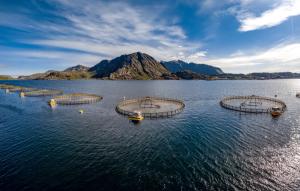
Published: October 1st 2021 | Updated:

Published: March 1st 2022 | Updated:
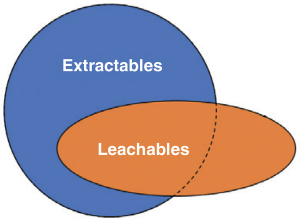
Published: November 1st 2020 | Updated:
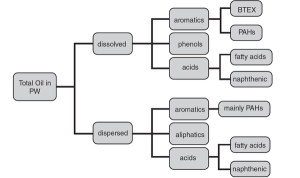
Published: October 1st 2021 | Updated:
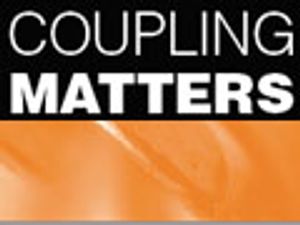
Published: September 1st 2010 | Updated: